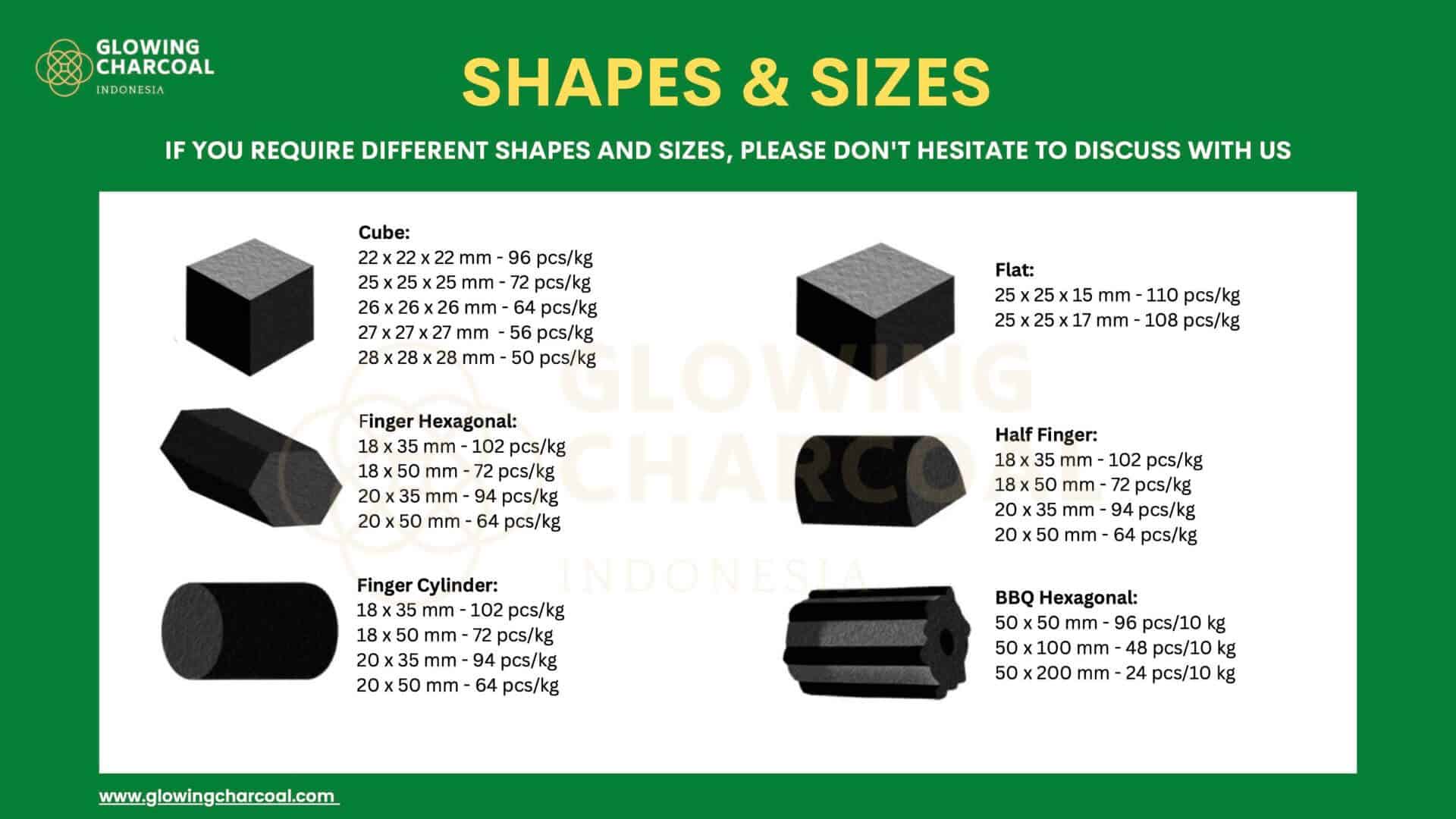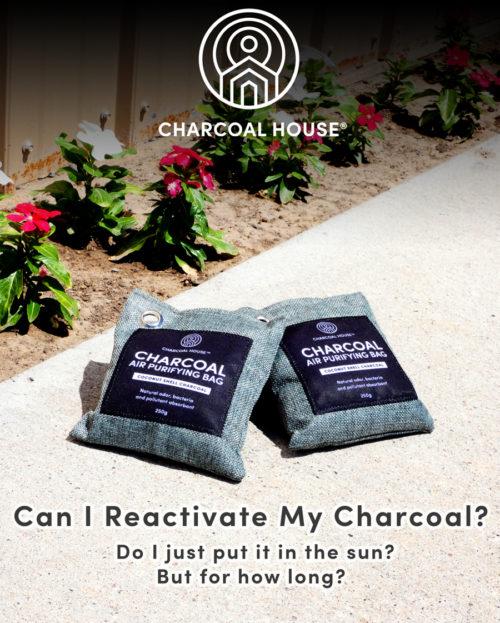Are you struggling with lingering odors, excess moisture, or a stuffy atmosphere in your home? Charcoal air purifier bags offer a simple, natural, and effective solution. While seemingly basic, knowing how to use them correctly maximizes their benefits. A quick fix is simply placing them in the problem area, but a comprehensive understanding of activation, placement, and maintenance will dramatically improve their performance.
This guide will walk you through everything you need to know about charcoal air purifier bags – from understanding how they work to choosing the right size and reactivating them for long-lasting freshness. By the end, you’ll be equipped to eliminate odors and improve air quality throughout your home, naturally and efficiently.
Understanding How Charcoal Air Purifier Bags Work

Charcoal air purifier bags utilize the power of activated charcoal, a highly porous form of carbon. This porosity creates a massive surface area, allowing the charcoal to trap odors, allergens, and even moisture. Here’s a breakdown:
Activated Charcoal vs. Regular Charcoal
Regular charcoal, like what you use for grilling, isn’t nearly as effective. Activated charcoal goes through a process that dramatically increases its surface area, making it incredibly absorbent. This increased surface area is the key to its odor-absorbing capabilities.
How Absorption Differs from Masking
Unlike air fresheners that simply mask odors, charcoal bags absorb and neutralize them at the molecular level, providing a genuine solution, not a temporary cover-up.
What They Can & Can’t Remove
Charcoal bags excel at removing odors (pet smells, smoke, mildew), absorbing excess moisture, and filtering some allergens. However, they aren’t a substitute for true HEPA air purifiers when it comes to removing very fine particles like dust or viruses.
Choosing the Right Charcoal Air Purifier Bag

Selecting the appropriate bag size and type is crucial for optimal performance.
Bag Size and Coverage Area
| Bag Size | Coverage Area | Best For |
|---|---|---|
| 200g (7oz) | 50-100 sq ft | Closets, bathrooms, shoes |
| 500g (1.1lbs) | 100-200 sq ft | Bedrooms, living rooms, cars |
| 1000g (2.2lbs) | 200-400 sq ft | Larger living spaces, basements |
Bamboo Charcoal vs. Other Types
Bamboo charcoal is the most common and sustainable option. It’s renewable, highly absorbent, and naturally antibacterial. Other materials like coconut shell charcoal are also effective but may be less readily available.
Bag Material Considerations
Look for bags made from breathable, natural fabrics like linen or cotton. These allow air to circulate freely around the charcoal, maximizing absorption. Avoid plastic or non-breathable materials.
How to Use Charcoal Air Purifier Bags: Placement & Activation
Proper placement and activation are key to getting the most out of your charcoal bags.
Initial Activation Process
Most charcoal bags require initial activation. This typically involves:
1. Removing from Packaging: Carefully remove the bag from its packaging.
2. Sun Exposure (Recommended): Place the bag in direct sunlight for 1-2 hours. UV rays help to further activate the charcoal, enhancing its absorption capabilities.
3. Placement: Position the bag in the desired location (see placement suggestions below).
Optimal Placement Locations
- Bathrooms: To absorb moisture and eliminate odors.
- Closets: To prevent musty smells and keep clothes fresh.
- Shoes: Place inside shoes to eliminate odors.
- Cars: Under seats or in the trunk to neutralize odors.
- Pet Areas: Near litter boxes or pet beds to control pet smells.
- Basements: To reduce moisture and prevent mildew.
- Kitchens: Near trash cans or areas prone to cooking odors.
How Many Bags Do You Need?
Assess the severity of the odor or moisture problem and the size of the space. Start with one bag per recommended coverage area and add more if needed.
Reactivating Your Charcoal Air Purifier Bags

Charcoal bags aren’t disposable; they can be reactivated multiple times, saving you money and reducing waste.
Step 1: Removing the Charcoal
Carefully remove the charcoal from the bag.
Step 2: Sunlight Reactivation
Place the charcoal granules in direct sunlight for 2-4 hours. The UV rays will drive out the absorbed impurities. This is the most effective reactivation method.
Step 3: Oven Reactivation (Alternative)
If sunlight isn’t available, you can reactivate the charcoal in the oven:
1. Preheat oven to 250°F (120°C).
2. Spread the charcoal granules on a baking sheet.
3. Bake for 30-60 minutes.
4. Allow to cool completely before returning to the bag.
Step 4: Re-Bag and Replace
Once cooled, return the reactivated charcoal to the bag and place it back in its designated location.
Reactivation Frequency
Reactivate your charcoal bags every 1-2 months, depending on the level of odors and moisture in the environment.
Pro Tips for Maximum Effectiveness
- Combine with Other Methods: Use charcoal bags in conjunction with proper ventilation and cleaning practices for optimal results.
- Don’t Expect Instant Results: It takes time for the charcoal to absorb odors. Allow 24-48 hours to notice a significant difference.
- Separate Bags for Different Odors: Avoid using the same bag for strong and mild odors, as this can reduce its effectiveness.
- Regularly Shake the Bag: Gently shake the bag periodically to redistribute the charcoal and improve airflow.
- Consider Multiple Bags: In larger spaces, using multiple bags strategically placed will provide more comprehensive odor control.
When to Replace Your Charcoal Bags
Even with reactivation, charcoal bags eventually lose their effectiveness.
Signs It’s Time for a Replacement
- Reduced Odor Absorption: If you notice odors returning quickly after reactivation.
- Physical Degradation: If the charcoal granules are crumbling or breaking down.
- Extended Use: After 12-24 months of regular use and reactivation.
Responsible Disposal
Dispose of used charcoal responsibly. It can often be composted or used as a soil amendment in your garden.
FAQ
Q: Are charcoal air purifier bags safe for pets and children?
A: Yes, charcoal is non-toxic and safe for pets and children. However, keep the bags out of reach to prevent accidental ingestion of the granules.
Q: Can I use essential oils with charcoal bags?
A: It’s generally not recommended. Essential oils can coat the charcoal, reducing its absorption capacity.
Q: How long does a single bag typically last?
A: With regular reactivation, a good quality charcoal bag can last 12-24 months.
Q: Do charcoal bags remove mold?
A: They can help absorb moisture that contributes to mold growth, but they won’t eliminate existing mold.
Enjoy Fresher, Cleaner Air
By following these steps, you can effectively harness the power of charcoal air purifier bags to eliminate odors, absorb moisture, and improve the air quality in your home. Don’t let unwanted smells linger – take control of your indoor environment today!
Have you tried using charcoal air purifier bags? Share your experiences and tips in the comments below!





